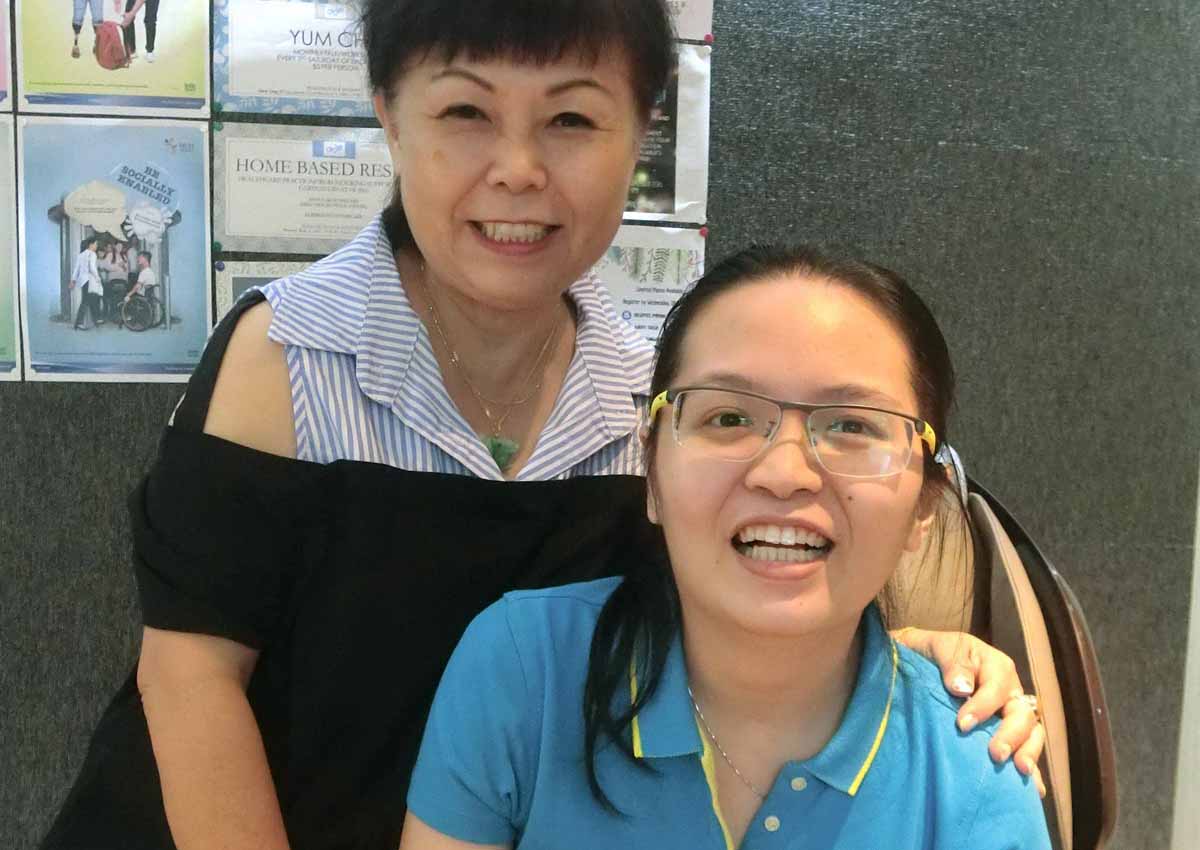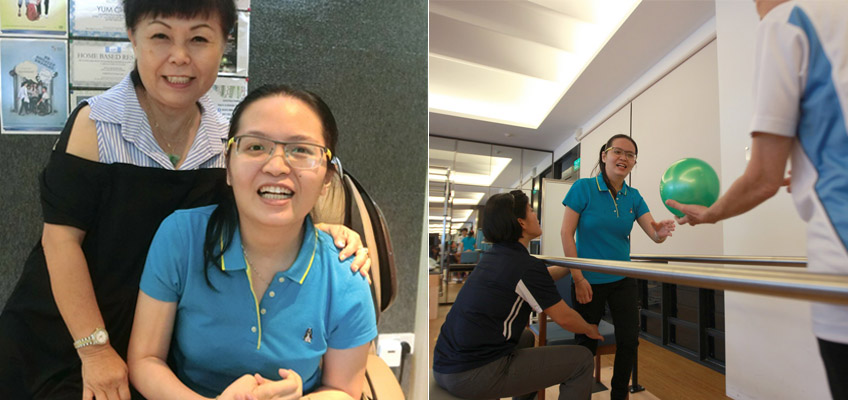A 36-year-old Singaporean businesswoman’s recent death from a stroke while on a business trip in Hong Kong has shone the spotlight on a condition that strikes mostly older people.
The median age of stroke patients admitted to public hospitals in Singapore is 67 years old, according to statistics from the National Registry of Diseases Office.
Although being older is a risk factor for stroke, younger victims may have more unusual causes of stroke, says Dr Ho King Hee, a neurologist at Gleneagles Hospital Singapore.
These include congenital heart disease, tears in blood vessels, autoimmune diseases with inflammation of the blood vessels such as lupus or a congenital tendency for blood to clot more easily than normal.
For some women, pregnancy can increase the risk of stroke. They may experience blood coagulation changes or develop high blood pressure during pregnancy, which may predispose them to stroke, adds Dr Ho.
In certain specific circumstances, contraception may be a risk factor for stroke, says Dr N.V. Ramani, a neurologist at Raffles Neuroscience Centre, Raffles Hospital.
Younger women who smoke and have migraine with aura – which is a headache that strikes after or along with sensory disturbances including flashes of light, blind spots or tingling in one’s hand or face – may get a stroke if they are taking some types of contraceptive pills, says Dr Ramani, an executive committee member of the Singapore National Stroke Association (SNSA), whose services for stroke survivors and their families include befriending activities and social integration programmes.
According to national figures from 2005 to 2014, males were generally affected more than females, with the incidence rate for stroke being 1.7 times higher in males.
For most strokes, a clot blocks blood supply to the brain. Patients often experience symptoms such as garbled speech, a drooping face and the inability to lift their arms. Possible long-term side effects of a stroke, especially when treatment is not prompt, include speech and memory problems, paralysis and some vision loss.
To reduce the risk of stroke, Dr Ramani advises regular medical check-ups for blood pressure and cholesterol, a healthy diet, regular exercise, moderate intake of alcohol and no smoking.
VOMITED AND FAINTED IN TAXI
In 2010, Ms Yvonne Lee had just returned to Singapore after completing her bachelor’s degree in psychiatry at Australia’s Curtin University.
A cheerful young woman, she wanted to help others by working as a psychiatrist.
While in a taxi one day, she started vomiting, then fainted. The taxi driver took her to National University Hospital. She had just suffered a stroke at the age of 24, robbing her of her speech, mobility and a promising future.
Today, Ms Lee, 30, has regained some mobility and cognitive function, but she cannot speak properly or walk unsupported.
She had received treatment in hospital for two years, before undergoing rehabilitation. Since April, she has been going at least twice a week to the charity, Able (Abilities Beyond Limitations and Expectations), which serves physically disabled people, for physiotherapy and occupational therapy. This is on top of the daily strengthening exercises she does at home.
She can feed herself, but requires help for daily tasks such as showering and putting on her shoes.
Her mother, Madam Ho Yan Yan, a single parent, looks after her with the family’s domestic helper.
The 60-year-old businesswoman is stoic about her only child’s condition. She says: “As parents, we constantly do our best for our children, but it is exhausting. Even going out can be difficult. We have to help her put on her shoes.”
SUDDENLY COULD NOT TALK
Ms Jagdesh Kaur knew only after she suffered a full-blown stroke at age 46 that she had already experienced six mini-strokes before that.
Three years ago, Ms Kaur, 49, was at home when she had a headache and felt “hazy”. Within half an hour, she could not talk, although she was aware of her surroundings.
She started “floating” in and out of consciousness and her husband, information technology manager Nigel Hall, 50, took her to the hospital. The couple have no children.
“Having a stroke was the last thing on my mind. You think it happens to an older person,” recalls Ms Kaur, a former teacher at a private school who taught English as a foreign language.
After learning more about her condition, she realised in hindsight that she had had about six transient ischaemic attacks, known as TIA and often called mini-strokes, in the six months leading up to her stroke.
Lasting from a few minutes to an hour, these episodes were characterised by a loss in focus, numbness in the arm or needing help to walk. TIA symptoms are transient and stroke-like and a TIA is often a warning for an imminent stroke.
Ms Kaur did not pay much attention to these symptoms as she was not in pain.
For about a year after her stroke, she used a wheelchair. After going through physiotherapy, she usually walks with a walking stick now.
She used to have high blood pressure, a risk factor for stroke, which she has since brought under control by losing more than 10kg of her body weight.
Shortly after the stroke, she hired a domestic helper to care for her, but she can now perform the daily tasks she could not do initially, such as getting dressed or cooking a simple meal.
The stroke, which affected the right side of her body, has also caused her to stammer and stutter occasionally. Writing is difficult as she is right-handed. Her grip is unsteady – when she holds a full cup of coffee, she risks spillage.
“The biggest change has been my lifestyle, my loss of independence and having to depend on somebody else,” she says.
Not only does she need her helper to help in icing cakes when she is baking, but she also does not go shopping alone because she cannot carry the bags.
She is trying to find work, perhaps in an administrative role. She turned down a telemarketing job offered by an agency that helps people with disabilities because of her speech issues.
“I know what I want to say, but it sometimes doesn’t come out how I want it,” she says, adding that she misses teaching.
Her social circle has shrunk.
“I don’t connect with people as much. I have only a handful of friends. I don’t feel comfortable around people who have all their faculties and I don’t. I feel incomplete. I’m not my whole self,” says Ms Kaur.
“Every morning, I get out of bed, I wish I could walk properly. I wake up wanting to feel normal.”
Warning signs: How to detect a mini-stroke
A transient ischaemic attack (TIA) or mini-stroke can present these symptoms: weakness or numbness on one side of the body, difficulty in speaking, drooping of half the face, loss of vision in one eye or double vision.
These symptoms last less than 24 hours. The significance of a TIA is that once it occurs, the risk of a full-blown stroke is high.
To prevent this, people who have experienced a TIA must see a doctor as soon as possible.
Their risk factors can then be addressed and treated to reduce the risk of further clots blocking blood vessels to the brain.
How to detect a stroke
The symptoms of stroke are sudden-onset numbness or weakness of the face, arm or leg, especially on one side, difficulty in speaking, confusion in understanding what others are saying, unsteadiness in walking, and a severe headache or dizziness. If a person has any of these symptoms, he may be having a stroke.
Use the FAST acronym to look out for signs of stroke
F: Face: Ask the person to smile. Does one side of the face droop?
A: Arm: Ask the person to raise both arms. Does one arm drift downwards?
S: Speech: Ask the person to repeat a phrase. Does the speech sound slurred or strange?
T: Time:
If you observe or experience any of these signs, call 995 and go to a hospital immediately.
• Sources: Dr Ho King Hee, a neurologist at Gleneagles Hospital Singapore; and Dr Carol Tham, consultant, Department of Neurology, National Neuroscience Institute
Reducing the risk of stroke: What are the risk factors for stroke and how can they be minimised?
The most common risk factors that could lead to stroke are diabetes mellitus, commonly referred to as diabetes; hypertension, also known as high blood pressure; hyperlipidaemia (high cholesterol); cigarette smoking; and atrial fibrillation, a type of irregular heart rhythm.
Some stroke patients may also have predisposing underlying cardiac conditions such as abnormal heart valves or an abnormal communication between the left and right sides of their heart.
Younger stroke patients may also have antibodies in their blood that make their blood clot more easily.
People with a long family history of stroke, especially at a younger age, are at increased risk of having strokes younger.
There are also certain hereditary conditions, such as autosomal dominant polycystic kidney disease, which are associated with brain aneurysms.
The risk of stroke can be reduced if a person quits smoking and controls risk factors such as diabetes, hypertension and hyperlipidaemia by taking medication and following a diet prescribed by doctors.
Some patients with disorders of blood clotting or certain heart conditions may also be prescribed blood-thinning medication by their doctors to help reduce their risk of ischaemic strokes.
If a person experiences any symptoms of stroke – such as slurred speech or a sudden numbness or weakness of the face, arm or leg, especially on one side – he should seek treatment at a hospital emergency department immediately. Early treatment can help to reduce the disability caused by strokes.
• Source: Dr Carol Tham, consultant, Department of Neurology, National Neuroscience Institute

This article was first published on Nov 27, 2016.
Get a copy of The Straits Times or go to straitstimes.com for more stories.







